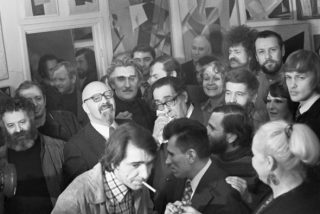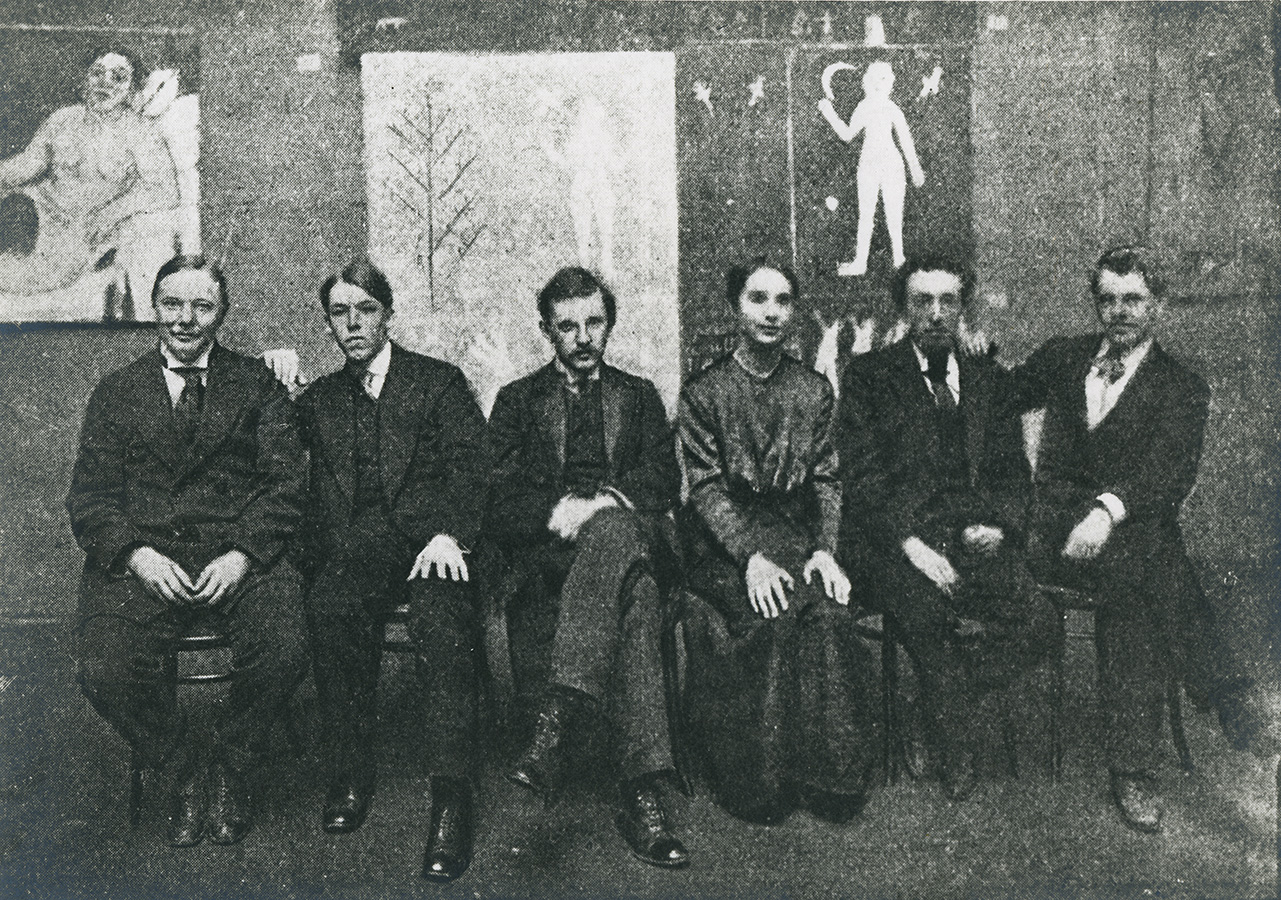The Trouble With Dating Natalia
In an ideal world, primary evidence backs up the creation of a piece of art, public exhibitions share it with the world and documentation accompanies every change of location and/or ownership from that point onwards.
Here in the real world, artworks may have some, but not often all of those accompanying features, complicating matters of dating considerably.
In the world of Natalia Gontcharova, the seemingly simple act of dating a piece of her artwork is often made even more challenging by a combination of additional factors, not the least of which was her usual habit of not dating her works at their creation.
That habit makes dating difficult, but it is only part of the trouble dating Natalia:
- Gontcharova used one set of signatures and monograms her whole career, and often did not sign her works at all. Her signature is not a personal expression but rather a symbolic mark devoid of any telltale personal characteristics or development over time.
- While she often exhibited in her early life in Russia, Gontcharova publicly exhibited her works less and less during her time in Paris. As many of the visitors to her apartment and studio continued to remark upon the amount of work increasingly crammed into those spaces, Natalia’s creative life was not one of falling productivity, but rather one of decreasing public showings of her work.
- Natalia never formally had an art dealer. A dealer would have kept sales and exhibition records, and works that passed through the dealer’s process would have picked up temporal markers. What she sold was either a direct sale or one arranged by Larionov. As a general rule, she infrequently sold her work, especially after her move to the West. Both Gontcharova and Larionov famously turned down sales to the powerful American collector Albert C. Barnes in the 1920’s when everyone else in Paris were anxiously selling all that they could.
- Gontcharova considered her work to be a service to humanity, not an effort or need to claim a place in art history. Her artistic intentions were clearly expressed in her manifesto of 1913 and subsequently proceeded throughout her life from that point onward. In this selflessness, she could be considered the most notable Anti-individualist Modern Artist of her time.
- Gontcharova actively attempted not to have ‘herself’ present in any of her works. She kept her personality separate and mostly prevented it and the events of her life from entering into her work. For many modern-era artists (Individualists), the whole content of their work is informed by their personal lives, experiences and feelings and occurrences in their personal life can help in dating their works.
- Natalia utilized and returned to common themes throughout her career (Spanish Ladies, Flowers, Iconography etc). As a non-exhibiting artist painting primarily for herself, Natalia was personally energized by and engaged in reworking former subjects with new materials, techniques and formats.
- Throughout her life, Gontcharova regarded her work as a continuum, not as a straight line of development from point A to B. Sometimes she was known to mark a piece with a date that was more suggestive of where she thought it belonged in the larger body of her work, as opposed to recording the literal year of the piece’s chronological creation.
To conclude, here are the words of the artist herself, in conversation with Marina Tsvetaeva regarding one of her works – “It has been years since I painted this, but I’m modifying it today. I am working on it again. Do not ever destroy your paintings, you will be able to work on them again afterwards.”
In response, Tsvetaeva sums up the joy of studying Gontcharova, and also the trouble of dating Natalia rather succinctly, noting that, “For her, a painting was never really finished, therefore it has no particular date of creation…”


